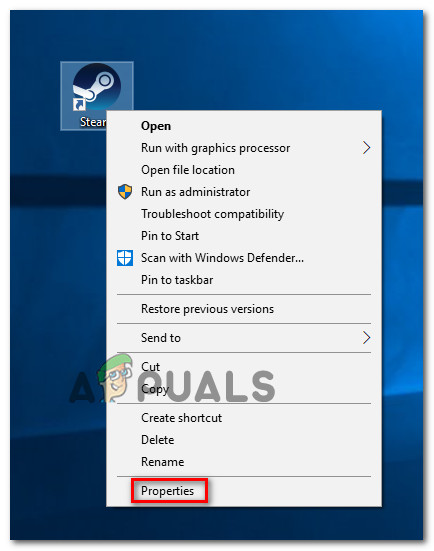Fix: Application Load Error 5:0000065434
The “Application Load Error 5:0000065434” usually happens when you try to start a game on Steam, but the game doesn’t launch. This error means Steam can’t find the needed file to run the game. This is often because the game is installed in a different location from where Steam is installed, causing mix-ups in file paths.

Other possible reasons include lack of permissions or damaged game files.
In this article, we will discuss different ways to solve this error.
1. Delete the Game’s Folder in Documents
Deleting the game’s folder in Documents can help fix the issue by removing broken or old settings files. These files might mess up the game’s performance or cause it not to start. Clearing the folder makes the game create new, default files, which might solve the problem.
- Open “This PC” or “My Computer” through Windows Explorer.
- Find the game folder in Documents or My Games.
- Right-click the folder, select “Delete,” and confirm. Reopen the game to check if the error persists.

2. Place Steam.exe Executable in the Game’s Folder
Sometimes, the game won’t start because Steam and the game files are in different places. Make sure they are connected properly to avoid any problems, so the game runs smoothly.
- Go to your Steam root folder. It’s typically in Local Disk >> Program Files (x86). You can also right-click the Steam shortcut on your desktop and choose “Open file location.”
- Copy Steam.exe from this folder, then find your game’s library folder inside Steam >> steamapps >> common, and paste Steam.exe there. Launch the game to see if the error is resolved.

Note: If utilizing Nexus Mod Manager, try placing the Steam.exe in its folder inside Program Files.
3. Use a Set of Commands
Making a symbolic link between the game folder and Steam can fix launch problems. This link helps Steam see the game as if it were in its own folder, avoiding any path issues that might stop the game from starting.
C:\Program Files (x86)\Steam
C:\Program Files (x86)\Steam\steamapps\common
- Open “Command Prompt” as an administrator by searching it, right-clicking, and selecting “Run as administrator,” or press Windows + R, type “cmd,” and press Ctrl + Shift + Enter.
- Input these commands, pressing Enter after each:
cd "<GameFolder>"
mklink "steam.exe" "<SteamFolder>\steam.exe"
- Once “Operation completed successfully” appears, relaunch the game to see if the error is fixed.
4. Verify Integrity of Game Files
Checking the integrity of game files makes sure everything is installed correctly and not damaged. Steam will automatically find and fix any missing or broken files, solving problems from incomplete installs or data corruption so the game works properly.
- Launch Steam from the desktop or Start menu.
- Go to the Library tab, find the game, right-click it, and choose Properties.
- Under the Local Files tab, click “Verify Integrity of Game Files.” Wait for it to finish, then relaunch the game.

5. Restart Steam as an Administrator
Running Steam as an administrator helps it get around any system blocks that might stop it from accessing files or doing its job. This gives Steam full control to manage game installs and updates without Windows security getting in the way, improving how it works.
- Exit Steam by right-clicking its icon in the system tray and selecting “Exit.”
- After a moment, right-click Steam.exe on your desktop or in File Explorer and choose “Run as administrator.”

- If the issue continues, set Steam to always run as an administrator:
- Right-click Steam.exe and select “Properties.”

Accessing the Properties screen of Steam - Open the “Compatibility” tab.
- Check “Run this program as an administrator.”

- Click “OK.”




